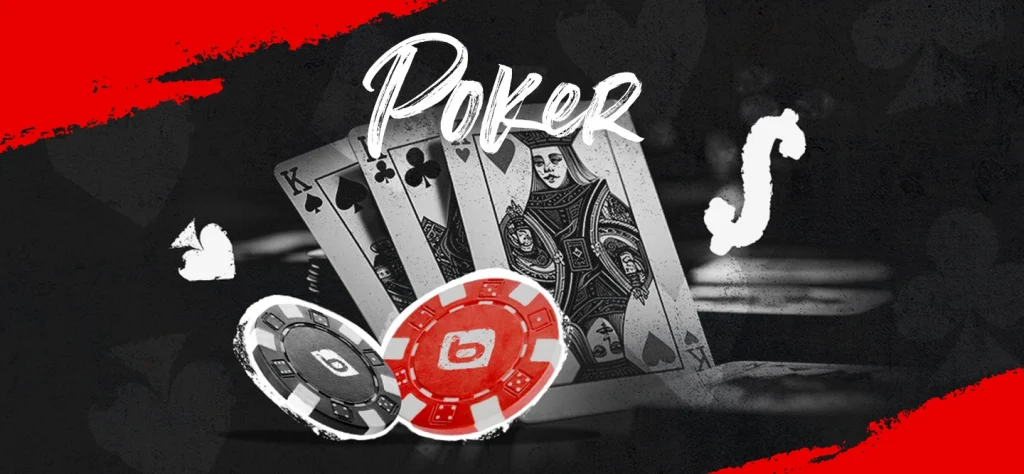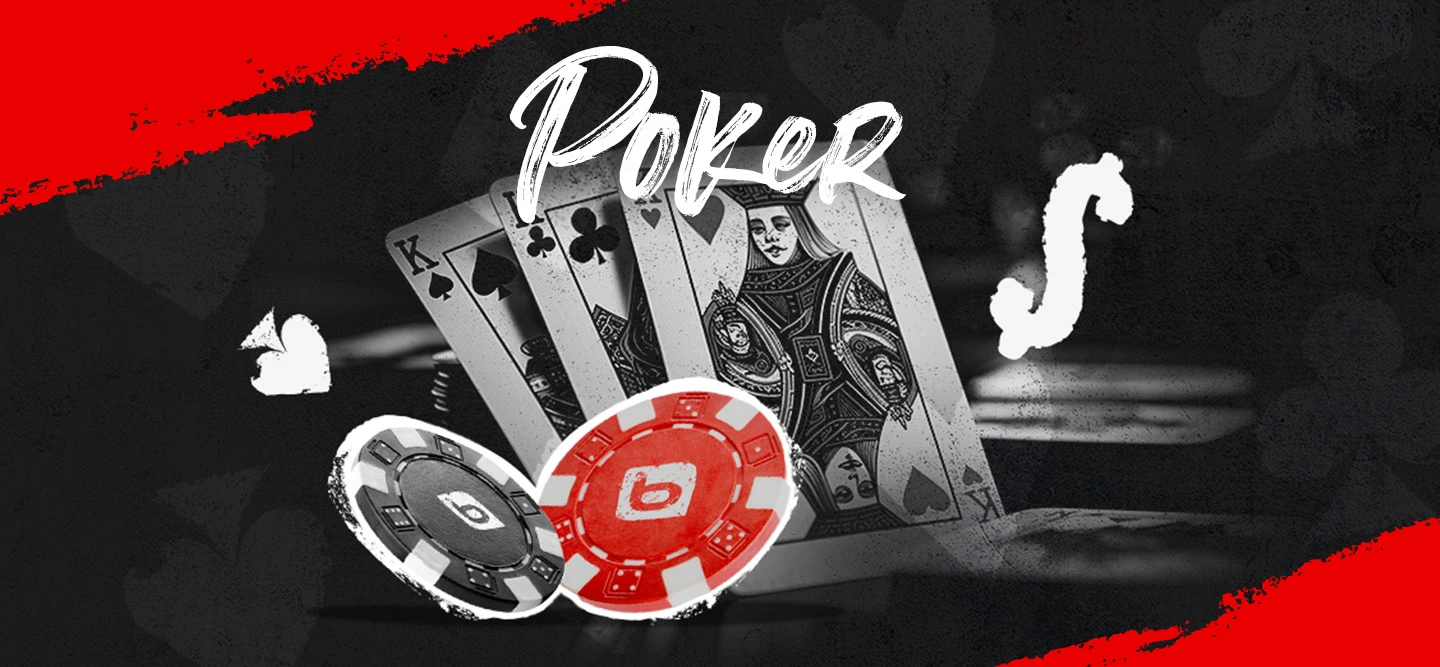
The World Series of Poker (WSOP) is the pinnacle of poker tournament festivals, drawing both seasoned professionals and enthusiastic amateurs to Las Vegas every year as they compete for prestigious titles and massive prize pools. As always, Canadians will be there; Daniel Negreanu is an annual fixture at the tables, and he’ll be joined by those skilled and fortunate players who won their seats at live WSOP International Circuit Series events in Calgary, Montreal and Toronto. At Bodog News Canada, we’ll be following their journeys and sharing the stories that unfold at the felt.
If you’re one of these talented individuals, or you’re thinking of making the trip to Las Vegas this year, playing online poker in Canada is the best way to prepare for these esteemed events. Bodog Poker has all of the resources you need as you chase down that coveted World Series of Poker bracelet– starting with this handy poker guide to the WSOP and what you can expect once you touch down in Vegas.
WSOP: The Birth of Tournament Poker
Poker has been around since the late 1700s, but tournament poker is a much more recent phenomenon. The WSOP debuted in 1970, and the poker game of choice that year was cash poker, with Johnny Moss voted as the inaugural champion.
There almost wasn’t a second WSOP. Realizing something had to change to get this festival off the ground, Benny Binion listened to the sage advice of famed Texas rounder Thomas “Amarillo Slim” Preston (and Los Angeles Times reporter Ted Thackrey Jr.) and changed the WSOP format from an extended mixed-game cash session to a series of five “freeze-out” tournaments, covering popular variants of the time:
– Limit 7-Card Stud
– Limit Razz
– No Limit 5-Card Stud
– Limit Ace-to-Five Draw
– No Limit Hold’em
That last variant was used for the first World Series of Poker Main Event in 1971, which Moss won by beating five other rounders: Jack Straus, Doyle Brunson, Jimmy Casella, Puggy Pearson, and Sailor Roberts. These are the men who helped bring Texas Hold’em to Las Vegas. Thanks to their efforts, the WSOP Main Event alone has been pulling in over 10,000 players in recent years, capping a festival that will include a grand total of 100 bracelet events in 2025.
WSOP: The Moneymaker Effect
While the WSOP would go on to produce notable Main Event champions like Pearson (1973), Brunson (1976, 1977), Stu Ungar (1980, 1981, 1997), Straus (1982) and Phil Hellmuth (1989), it was an unknown 27-year-old accountant from Atlanta who changed the poker world forever in 2003. Chris Moneymaker won his $10,000 WSOP Main Event seat online via an $86 satellite tournament, then took down a field of 838 players to win the top prize of $2.5 million.
Poker would never be the same again. Many of the millions who watched Moneymaker’s victory on ESPN would pick up the game themselves, hoping to spin up their tiny satellite buy-ins and bag a seven-figure prize. Greg Raymer did just that in 2004, topping a field of 2,576 to claim a healthy $5-million payday. By the time TV producer Jamie Gold won the 2006 Main Event at the peak of the poker boom, the field had expanded to 8,773 players, with $12 million on the line for first place.
Because these fields are so large now and filled mostly with amateur players, many of the Main Event winners from the past 20 years are relative unknowns like Moneymaker. Of the 61 players to be enshrined in the Poker Hall of Fame (another Binion creation), Moneymaker is the most recent Main Event champion; only 10 of the pre-Moneymaker Era champs have yet to enter the Hall.
WSOP: Canadian Talent at the Tables
They may not be in the Poker Hall of Fame, but that doesn’t mean we haven’t seen some very talented players take down the Main Event. Officially, the first Canadian to win the WSOP Main Event bracelet was Boucherville, Quebec native Jonathan Duhamel in 2010 – although Canada did see a tidal wave of players cross the border and take up residence following the passage of the Unlawful Internet Gambling Enforcement Act (UIGEA) of 2006.
Winning these large-field events isn’t easy, but if anyone can do it, Daniel Negreanu can. Born in Toronto and residing in Las Vegas, Negreanu leads all Canadians with seven WSOP bracelets; his best result at the Main Event was 11th place back in 2015, still good enough to earn just over $500K for his efforts.
Kristen Foxen (née Bicknell) is second among Canadians with four WSOP bracelets, followed by Duhamel and four others tied at three. Among the other notable Canucks to win a bracelet are Timothy Adams, brothers Max and Sam Greenwood, and Daniel Dvoress. And yes, Jennifer Tilly won a WSOP bracelet in 2005, but the pride of Victoria, BC was born in Los Angeles and is officially listed as an American champion.
All told, Canada sits in second place on the WSOP bracelet charts with 96, well ahead of England with 66 – but also far behind the United States at 1,594. Location is the driving factor here, although the US tax system plays a role too. This year’s tournament in particular is almost certain to see a smaller international presence. But when it comes to sheer poker talent, Canada is very well represented with players like Negreanu and the Greenwood brothers (including Sam’s twin brother Lucas) leading the way.
WSOP: Online Poker Opens the Vault
Whichever part of the Americas you might come from, if you want to play your best at the World Series of Poker, you need to put in some volume online. Once you’ve got the right theory and strategy under your belt, there’s no better way to learn how to play poker than by hitting the tables and playing some hands– and there’s no better place to do it than Bodog Poker.
When you play live poker, be it the WSOP or a friendly cash game at home, you’ll be playing roughly 30 hands per hour if it’s a full-ring table. Playing online at Bodog lets you play three times as many hands at our standard tables, and even more when you play Zone Poker, our fast-fold variant.
Even better, you can play more than one table at once when you play Poker. If you’re working on your deep-stacked strategy with a little cash poker, and you’re using a computer rather than a mobile device, you can play up to four standard cash tables or two Zone Poker tables at once. You can even play two Zone tables and two more regular tables for maximum volume.
Most of your tournament life will be spent shorter-stacked, so you’ll have to expand your repertoire if cash poker is all you know. You won’t have the leverage you’re used to once your relative stack size dips below 40 big blinds. Instead of putting multiple bets in pre-flop or post-flop with speculative hands, you’ll have to find the right spots to get all of your chips in and force your opponent to either fold or drop the gloves.
To make it even easier for you to work on your tournament poker skills, Bodog Poker lets you play up to 15 tournament tables at the same time. This includes 6-max and heads-up tables, which generate more hands per hour than a full-ring table of nine or ten players. This also includes Sit and Go tables, where the action starts once the required number of players (as few as two) have signed up.
WSOP: How to Improve Your Game at Bodog Poker
If you want to be in top form once you reach Las Vegas, or you’re content to dominate those WSOP Circuit events across Canada, start by checking out our archive of poker strategy articles here at Bodog. These articles will give you the foundation you need to figure out which moves you should be making at the tables. There’s something for everyone, from the most powerful pre-flop starting hands to advanced game theory.
Then it’s time to hit the tables. Cash poker will help you sort out those early blind levels where you’ve got more than 40 bigs, and you can work on your overall game at the tournament tables. Omaha and Omaha Hi-Lo are available as well as Texas Hold’em, so if you’ll be bracelet-hunting in Vegas, you’ll have multiple different ways to bag that prize.
Both cash games and tournaments are running right now at Bodog Poker, with buy-ins for players of every bankroll and skill level. Lock in your seat today at Bodog, and we’ll see you on the road to the WSOP in Las Vegas.
